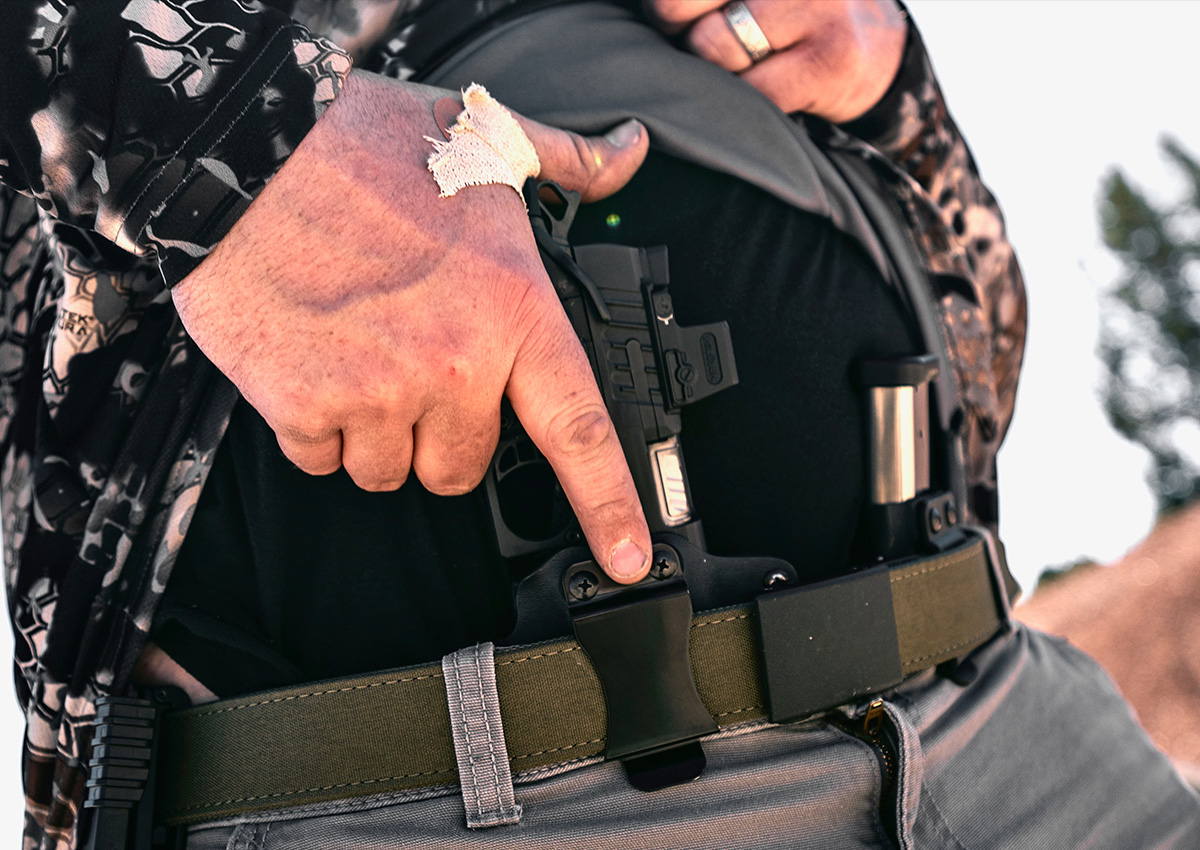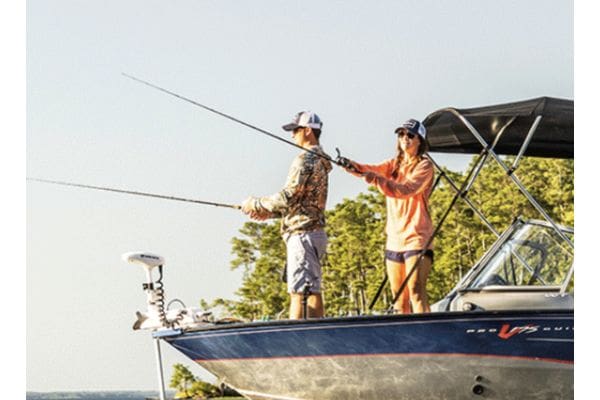My guide when I fish the Everglades is Captain Mark Cherney, owner of Blackwater Fishing Charters out of Fort Myers, Florida. He’s a big, bearded fellow who could pole a skiff to Pluto and back, but he’s a gentle soul. A class act. He’s not a yeller or cusser when a cast flies off into the ether. Or into the mangroves.
Which made it doubly embarrassing over our recent two-day charter when I made a couple of newbie mistakes within the guide-angler relationship—things that I knew better but nonetheless screwed up. This goes beyond practicing your casting before you show up on the dock, or double-checking that you have an active fishing license, if needed. Fishing with a guide is a team sport, and you need to hold up your end of the deal. But I’ve been fishing for a really long time, and sometimes you simply screw it up. I’m not saying I made all of these mistakes. But I also know I made more of these mistakes in one day than I care to admit. So do as I say, not as I did.

1) Be There When the Guide Says to Be There
Be there 10 minutes early, in fact. Your guide has the day sketched out in his head: How early he has to leave to beat the crowds to the best bass habitat. When she needs to shove off from the dock to catch the good tidal push on the flats. You being late puts a guide behind the curve all day long. They may say, “It’s all good, there’s no real rush.” But he or she is lying like a rug, and you’d better hope you’re not a mind-reader, or your feelings will be hurt.
2) Get Your Mess Together Before You Get There
I screwed this one up—big time. I should have put my raincoat on at the dock. It was slightly chilly, which would turn downright cold in a flats skiff going 35 mph. I knew that. When I pulled it out of my pack 10 minutes into a 50-minute ride, the front zipper was good and stuck. For another 10 minutes I wrestled with that zipper while the arms flapped all over the place like one of those garish blow-up figures at a used-car lot. It was embarrassing. Cherney didn’t say a word, but I didn’t even want to look over and see the expression on his face. Put your coat on if you think you’re going to need it. Pull the sunscreen out of your bag. The guide doesn’t need you wallowing around in the boat while she’s trying to navigate a skinny channel through the mangroves.
3) Take Your Shoes off Before You Walk on the Boat Hull
Nearly every guide I’ve fished with spreads out a wet towel for clients to step on as they first board the boat. But you should still take your shoes off immediately before proceeding to your seat. You’ve likely walked across a nasty grime-filled parking lot and then across a nasty grease-slimed boat ramp and that little two-step on a wet towel doesn’t fully do the job. Swish the bottom of your soles overboard when you get to your seat before you put them back on. Your guide will be so impressed they may even forgive you for losing their sixth fly in the mangroves.
4) Know Where You’re Going
By this, I don’t mean bone up on the turn-by-turn directions. Learn a bit about your location and the fish you’re after. Montana guide and Lary’s Fly Shop owner Hilary Hutcheson once told me this was her greatest peeve as a guide: People who knew close to nothing about the incredible wilds of the Flathead Valley when they showed up on her raft. “They’ll get on the boat and say, ‘I hope we catch a monster brown trout today!’ But there are no brown trout in the South Fork of the Flathead,” she said. “It breaks my heart a little when they don’t appreciate where they are.” Hutcheson will say it ain’t so, but I’ll tell you straight: A broken-hearted guide is gonna be a little less likely to break their back to put you on fish.
5) Be Ready to Pay
I’ve flubbed this a number of times. Don’t assume your guide accepts payment by Venmo, Zelle, personal check, credit card, cash, or a box of sweet potatoes. Ask ahead of time, and show up with the funds in whatever form they request. It’s awkward and unfair to pull out a credit card when the guide doesn’t accept credit cards because it’s an automatic 3-percent (or higher) ding on the day’s rate. And tips are almost always better paid in cash. Speaking of which…
6) Tip Like a Trust Fund Baby
I’ve gone back and forth over this across the years. Not on whether or not to tip, but on how much—and especially the quandary over how much to tip a solo guide vs. a guide employed by an outfitter or lodge. Fishing forums seethe over this—Just charge me what it costs! Don’t tell me about fuel and ramp costs, that’s the cost of doing business!. Blah, blah, blah.
Over the years, I’ve landed on an easy answer. Tip 20 percent every time, and a bit more when your guide goes above and beyond. Twenty percent. That figure is baked into the guiding financial model so bake it into your trip budget and be done with it. It’s expected and appreciated. It’s the industry standard, and if you don’t want to meet the standard, you might need to find another industry to play in.
Read the full article here




